Yrjö Kukkapuro’s studio near Helsinki is a temple to the art of sitting down
This visit to Yrjö Kukkapuro's home and studio, first featured in Wallpaper’s April 2020 issue, highlights the evolution of the Finnish designer's experimental approach to furniture
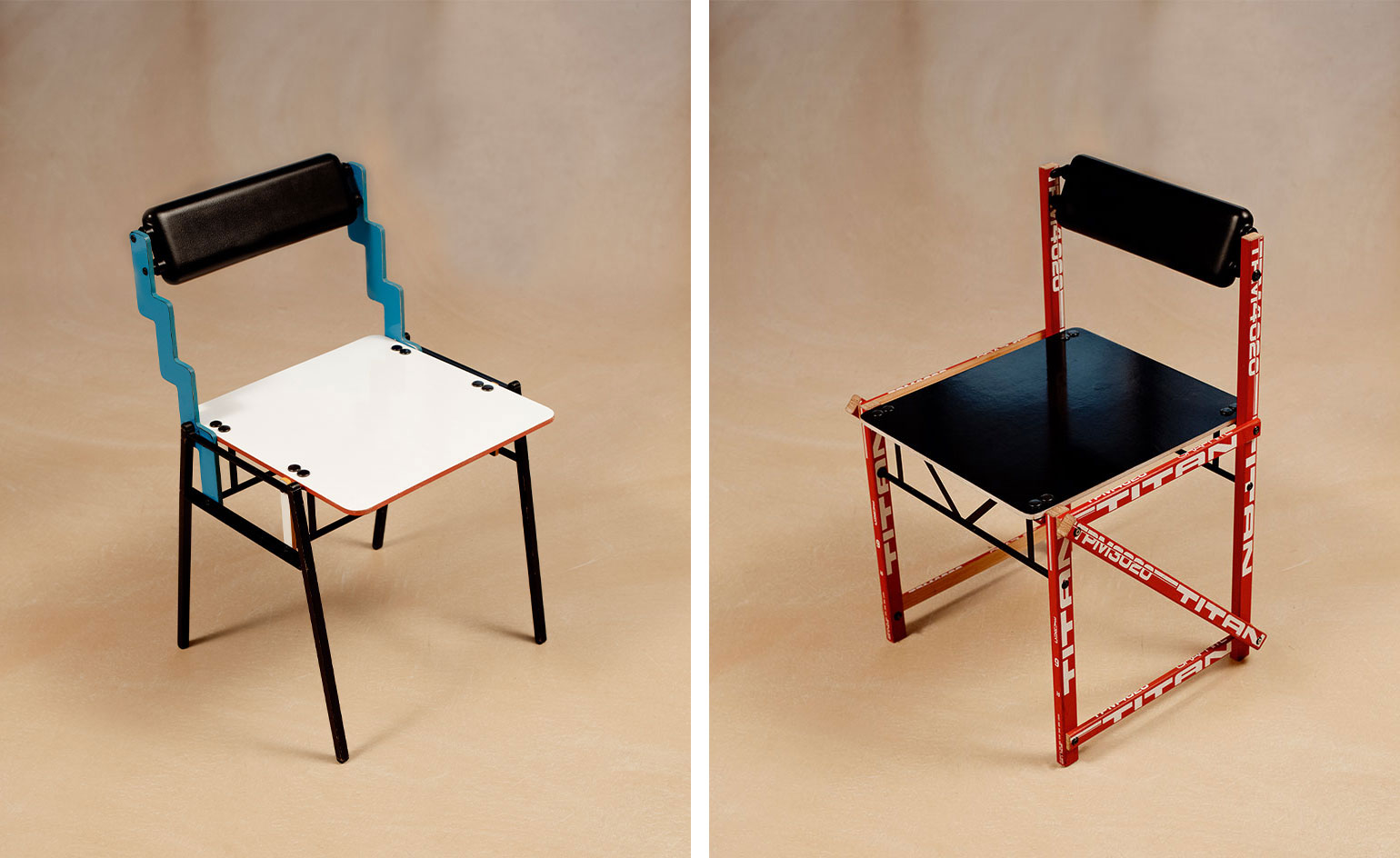
Felicia Honkasalo - Photography
Dense rows of fir trees punctured by frozen lakes and oxblood red cabins; children in snow boots navigating icy pavements; crystal tipped grass that crunches underfoot. The journey to the studio of Yrjö Kukkapuro on the outskirts of Helsinki is fittingly Finnish.
But once inside, all Nordic clichés end. Rows of chairs with colourful legs and graffiti-splattered backs are stacked in seemingly random groups; books, paintbrushes, sketches and models occupy every surface; sunlit walls are crowded with images and cuttings, and in the middle of it all sits Kukkapuro in his canary-yellow cap.
Yrjö Kukkapuro in his studio
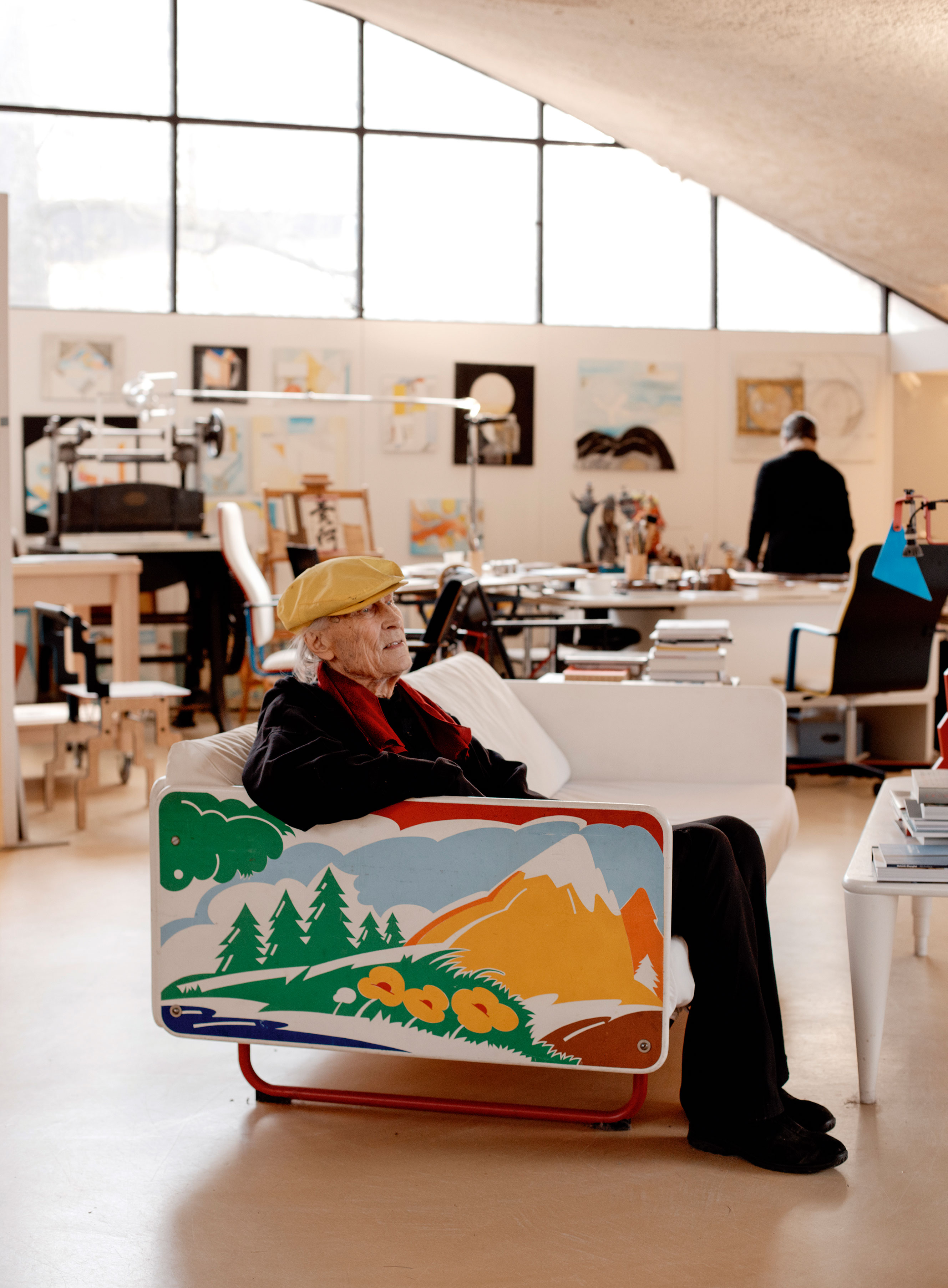
Yrjö Kukkapuro in his Kauniaine studio, photographed in February 2020. The unique sofa was painted by his friend Pino Milas in the 1970s
If anyone has a design back catalogue that sums up the artistic movements and global economic shifts of the past century, it is Kukkapuro. He qualified as an industrial designer in the 1950s, a golden age in Finnish design thanks to Alvar Aalto, Kaj Franck and the like; he witnessed the plastic revolution of the 1960s, the postmodern rebellion of the 1980s, and the ascent of CNC-cutting technology in the 1990s – and embraced them all. In the 1990s, he saw his production shift to China, and found fame there from the 2000s onwards, reaping the benefits of the digital revolution and the onset of globalisation. Every new decade serves to further his reputation and cement his legacy as one of the grand masters of modern design.
To create a bestseller, it’s the dream
Yrjö Kukkapuro
Almost every school, doctor’s surgery, museum and airport in Finland, at one time or another, has featured Kukkapuro’s chairs. Some still do. Helsinki’s Central Library Oodi, completed by ALA architects in 2018, has his ‘CNC’ chairs and ‘A500’ rocking chairs in its second-floor reading lounge; his ‘Karuselli’ and ‘Moderno’ chairs fill the city’s Kaisa Library. That these live on, decades after they were first designed, is a source of great pride to Kukkapuro. ‘To create a bestseller, it’s the dream,’ he says.
His daughter Isa sits next to him and guides us through the interview. His only child, she is tasked with documenting all her father’s work and assembling his archive – currently a pile of papers overflowing from box files behind his desk. His wife Irmeli, a graphic artist, plucks at her mood board on the other side of the studio, too sick to paint anymore. Her decline has been devastating. After an hour of conversation, the colour has drained from his face, and Kukkapuro apologises. He needs a rest. He signals Irmeli and they shuffle off, holding hands, to the house next door where they now live. ‘It is a very difficult moment,’ says Isa.
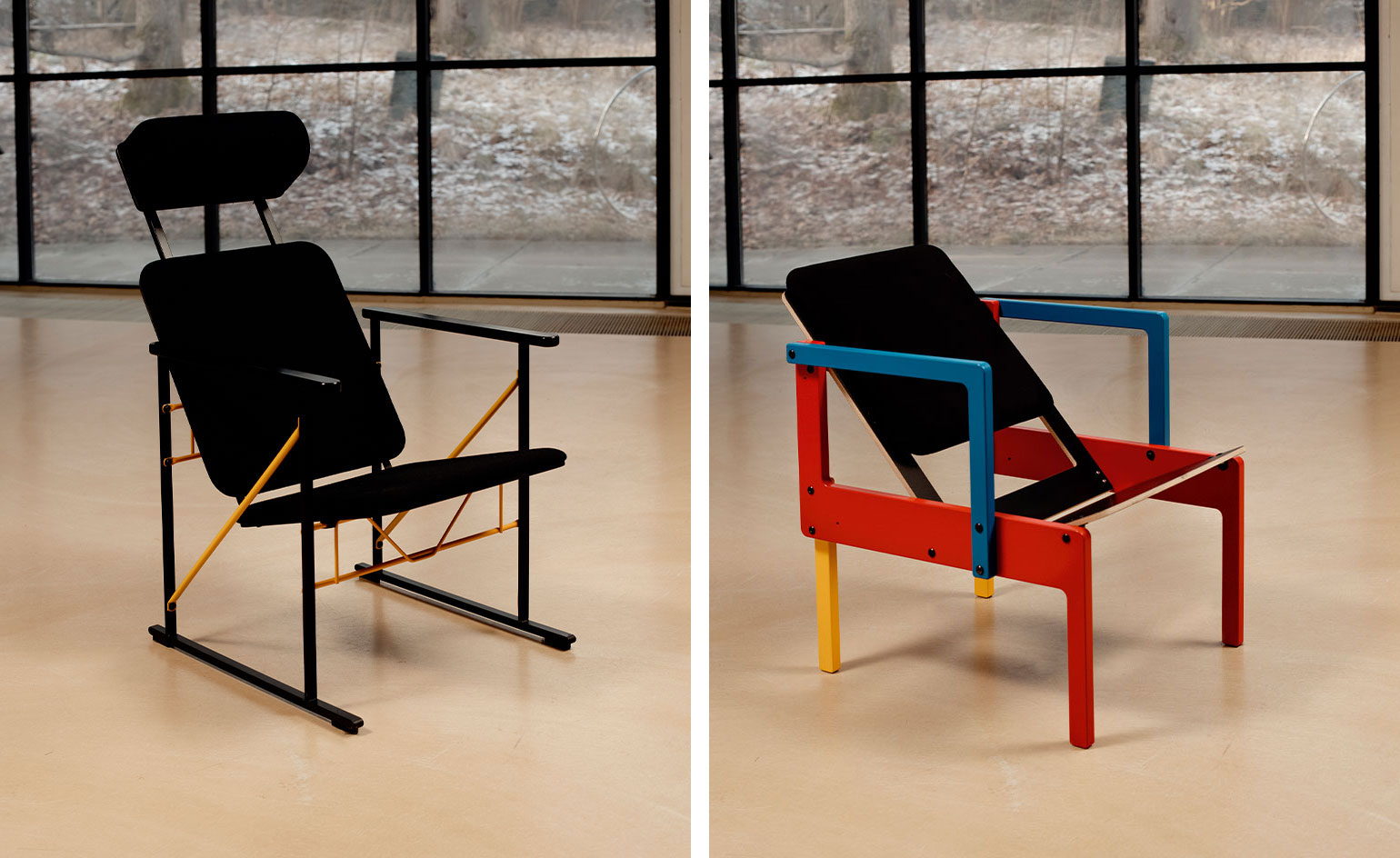
Left, ‘A500’ lLounge chair prototype, 1985. Right, ‘Color Experiment’ chair prototype, 2016
Yrjö and Irmeli met when they were both students at Helsinki’s Ateneum art school and married in 1956. Kukkapuro was studying furniture design and was the only one on the course who knew how to make prototypes. This was thanks to a childhood in eastern Finland, building boats and bicycles with his father (a builder and a painter), and sewing with his mother (a tailor). On graduation, he set up a workshop, called it Moderno, and created range after range of settees, beds and sofas with a typically Nordic look. A commission from an architect to create a chair and footstool for a new shoe shop in Helsinki led to the Moderno series. Over the years, this stretched to six pieces and became Kukkapuro’s breakthrough collection. It is still produced today by Lepo Product in Finland and Avarte in China.
‘Sitting in a Kukkapuro chair is like therapy,’ says Juhani Lemmetti, Kukkapuro collector and founder of gallery Lemmetti in Helsinki. ‘He designs with the lower back in mind.’ Kukkapuro recalls that it was a lecture on ergonomics that influenced his approach. ‘It made me see that making furniture had a physiological and scientific dimension and that has been part of everything I’ve done ever since.’ This obsession with posture, comfort and the body means that a chair can take years to fine-tune.
Wallpaper* Newsletter
Receive our daily digest of inspiration, escapism and design stories from around the world direct to your inbox.
While researching his ‘Karuselli’ chair, Kukkapuro wrapped himself in chicken wire, made a plaster cast of his body in a lounging posture, sculpted around it until he was satisfied with its form, and then built a prototype in glass fibre. The result of four years of experimentation, the ‘Karuselli’ chair went into production in 1964 and was an instant success. Terence Conran hailed it the most comfortable chair he had ever sat in, and it is still in production with the Finnish manufacturer Artek.
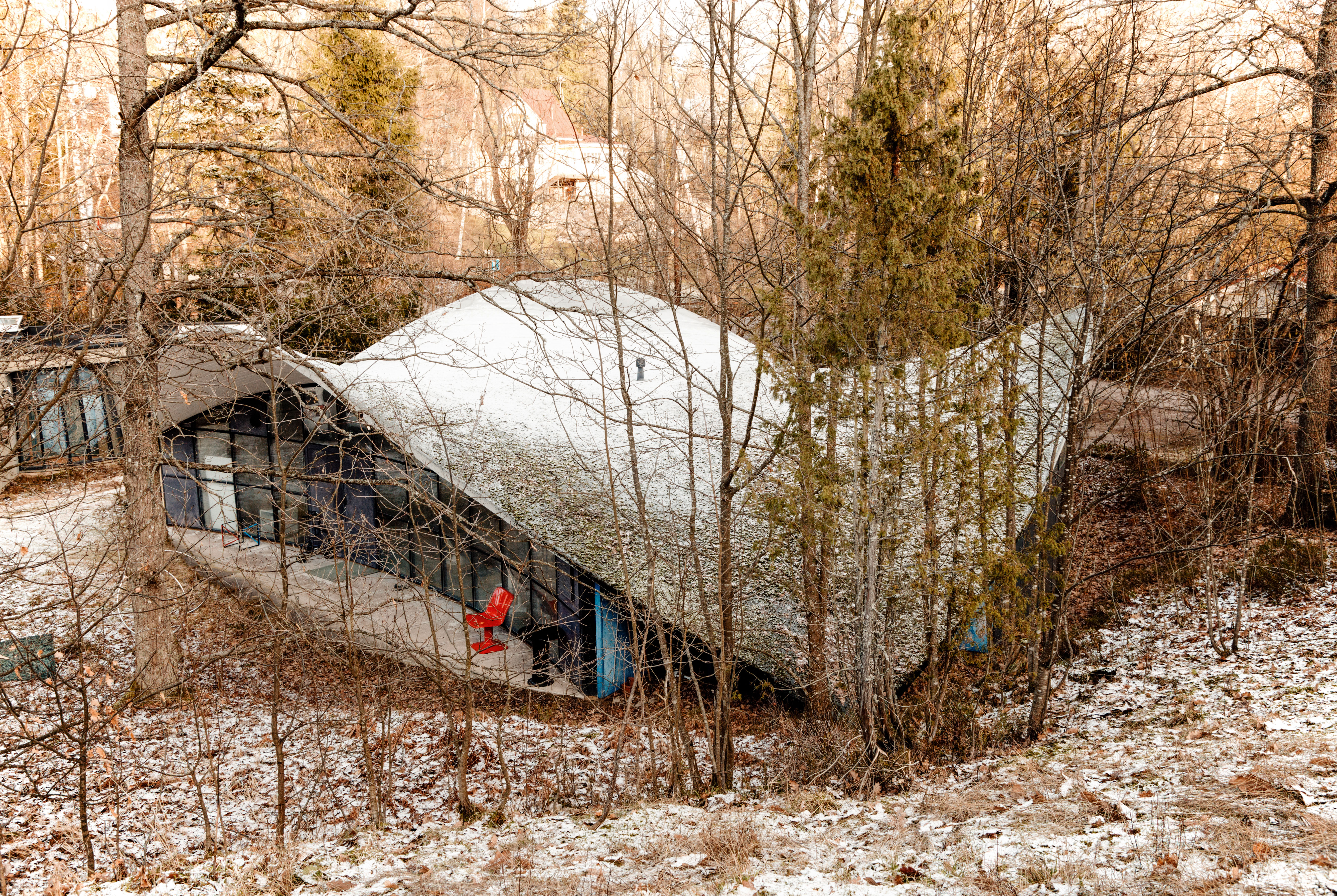
Featuring a curved concrete roof, Yrjö Kukkapuro's studio on the outskirts of Helsinki was built by the designer and his wife Irmeli in 1968
Irmeli, too, has always been ‘a good testing model. She is smaller than me so we can compare how a chair feels’, says Kukkapuro.
‘But it has always been important for me to be close to her, to see colour the way she does.’ The pair built the studio, with its concrete wave-like roof, in 1968, on a plot of land given to them by Irmeli’s father, and have worked together, side by side, for 52 years.
Nowhere was Irmeli’s input more valuable than with the 1980s Experiment collection, a series of birch plywood and steel chairs, tables and sofas with armrests and legs in bold colours. Kukkapuro saw it as an exploration into ‘decorative functionalism’ and welcomed postmodernism as a joyous break from the functional, workspace trends of the 1970s.
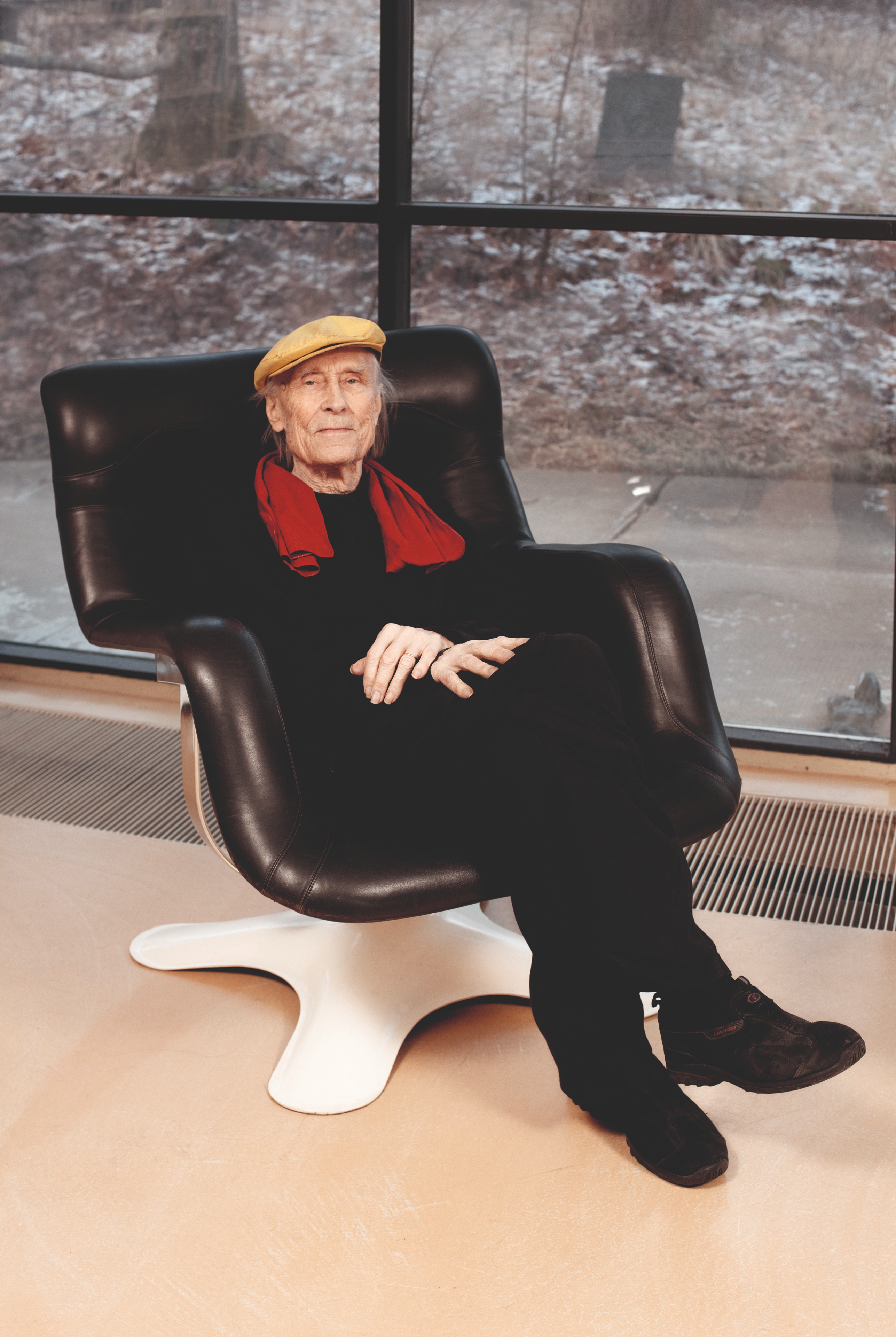
Kukkapuro sitting on the ‘Karuselli’ lounge chair
Since 2015, Kukkapuro has collaborated with Lemmetti to create limited editions of two chairs and a table for the new ‘Color Experiment’ series. Lemmetti has been collecting Kukkapuro chairs for 30 years and has amassed more than 40 prototypes, experimental and production pieces. ‘Yrjö thinks about everything – form, function, ergonomics, colour. He’s imaginative, but practical, too. For me, he is one of the most important designers in the world,’ he says. A fourth ‘Color Experiment’ chair launches this spring at the gallery, and with such a wealth of prototypes in stock, it’s not hard to imagine future collaborations.
In the middle of the studio is a unique three-seater sofa painted with a mountain scene. It is the result of a chaotic visit in 1972 from Pino Milas, a graphic design pal, in need of some R&R, who was tasked by Kukkapuro to decorate it. Life in the atelier was unconventional. Friends, assistants and collaborators came and went with frequency. Isa’s bedroom was a small annex off the tiny kitchen; Kukkapuro and Irmeli slept in a bed partitioned off behind a bookcase and the bathrooms were two fibreglass pods with showerheads. Kukkapuro won many prizes, and trips abroad for lectures and exhibitions were also common; the three of them once piled into their Mini Clubman, packed a tent in the boot, and hit the road for four months.
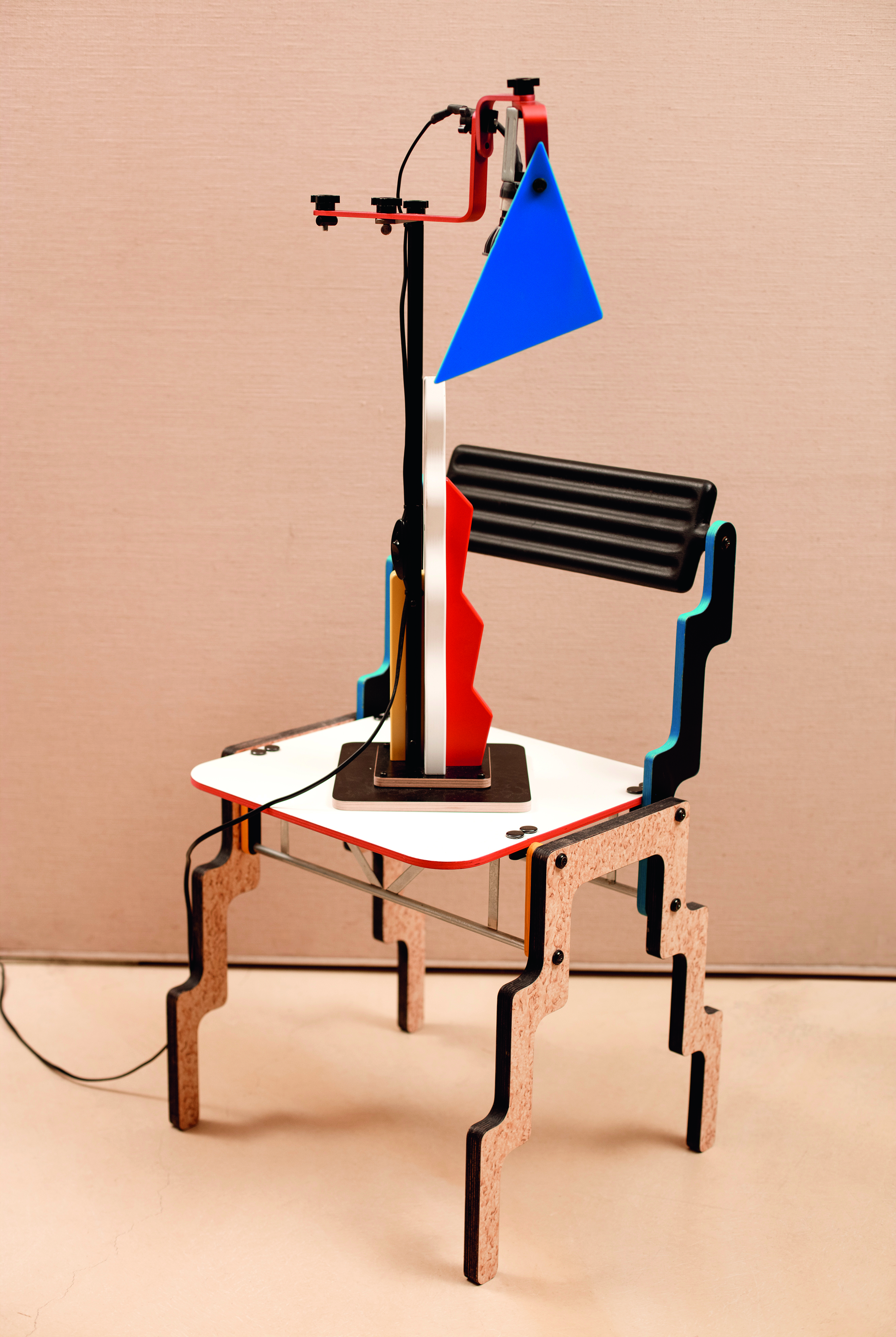
‘Sculpture Lamp Blue Shade’, 2019 (unique piece made by Kukkapuro for an exhibition in Estonia, and Nelonen Profile chair, 1990s
A prototype called the ‘Simple’ chair is wheeled in (we are its first audience). It has been shipped from China and is the first version of what Kukkapuro hopes will be ‘the simplest chair in the world’. It has a black leather seat, a black plywood back and a steel frame and looks suitably straightforward. Kukkapuro walks around it, shaking his head. It’s a bit too high, and, he thinks, the steel arms might be nicer in ash. It will go back to Avarte, which has produced his pieces for 20 years, to be tweaked.
Kukkapuro first went to China in 1997, at the invitation of architect and scholar Fang Hai, to give lectures on contemporary design in universities. It was the start of a new chapter. There, he worked with master carpenter Yin Hongqian to create the ‘East West Collection’, a series of chairs that combine clean lines with lacquered bamboo and Chinese joinery. These, along with historical pieces manufactured by Avarte, flooded the Chinese market and Kukkapuro’s fortunes were transformed.

An original model of Kukkapuro's ‘Fysio’ office chair, 1976, in pressed birch plywood and fabric
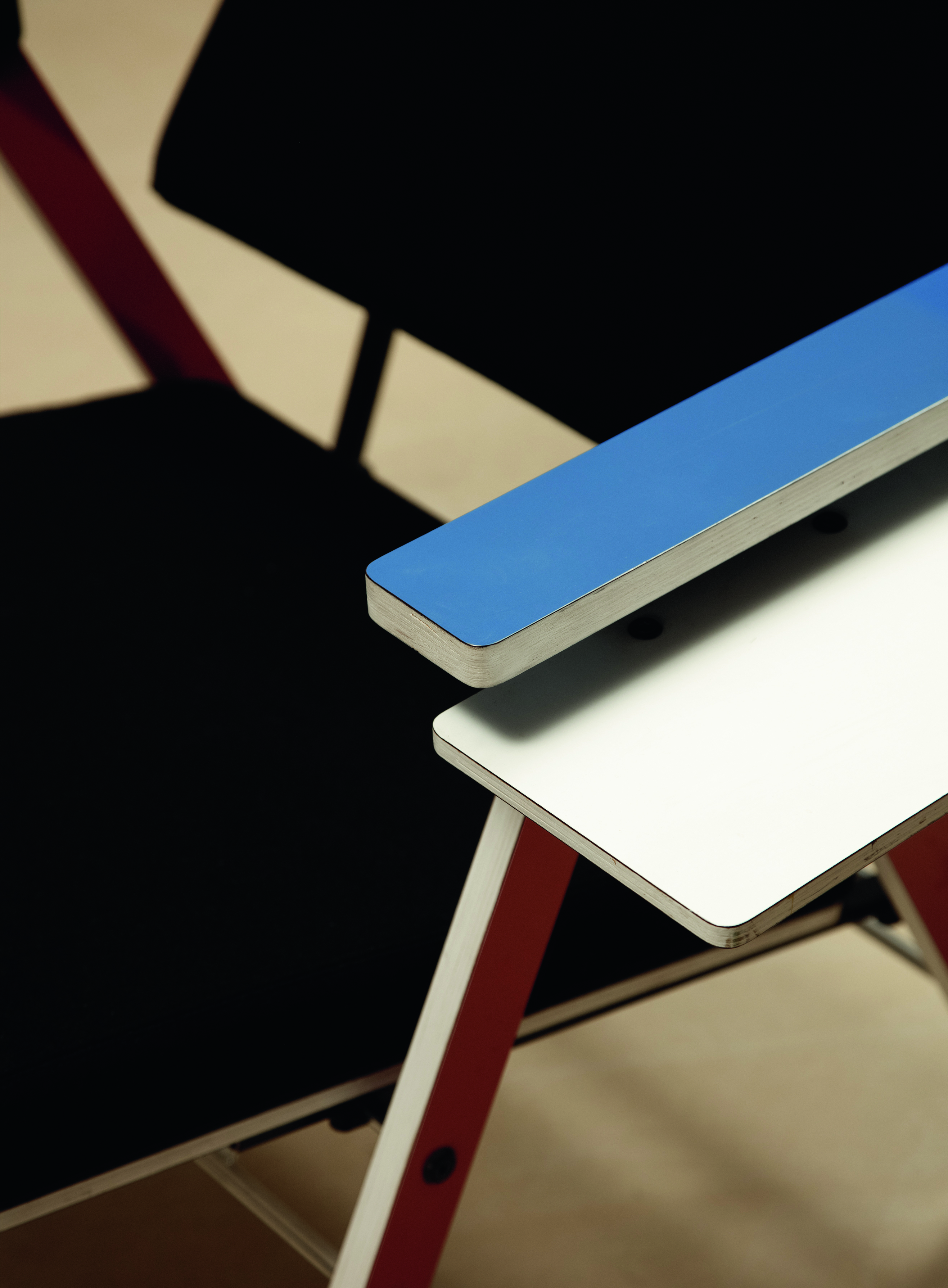
Detail of ‘Color Composition’ chair, 1993
At the same time, Finland was recovering from the recession of the late 1980s and the focus at home had shifted to eco-design. Kukkapuro created a solid wood collection in unpopular, overlooked elder. It bombed. When he took it to a fair in Berlin, a visitor congratulated him on having such a strong Finnish style. ‘I was crushed. There I was, thinking I was an international designer!’
Thus, when Helsinki’s design museum invited him to create a series of ‘visually exciting’ chairs in 1993, Kukkapuro called on a friend, the late Finnish graphic designer Tapani Aartomaa, and together they created ‘Tattooed’, a collection of plywood chairs decorated with bold slogans and eye-popping motifs of trees, dragons and tigers.
Colour also made it onto his ‘CNC’ chairs, designed in 2008 for his retrospective at the museum, to celebrate the potential of computer-controlled machinery. ‘The idea was to show how efficiently technology can be used on materials.’ How many chairs has Kukkapuro made in his lifetime? ‘I don’t know,’ he says. ‘Around 100? One day I shall have to count them.’
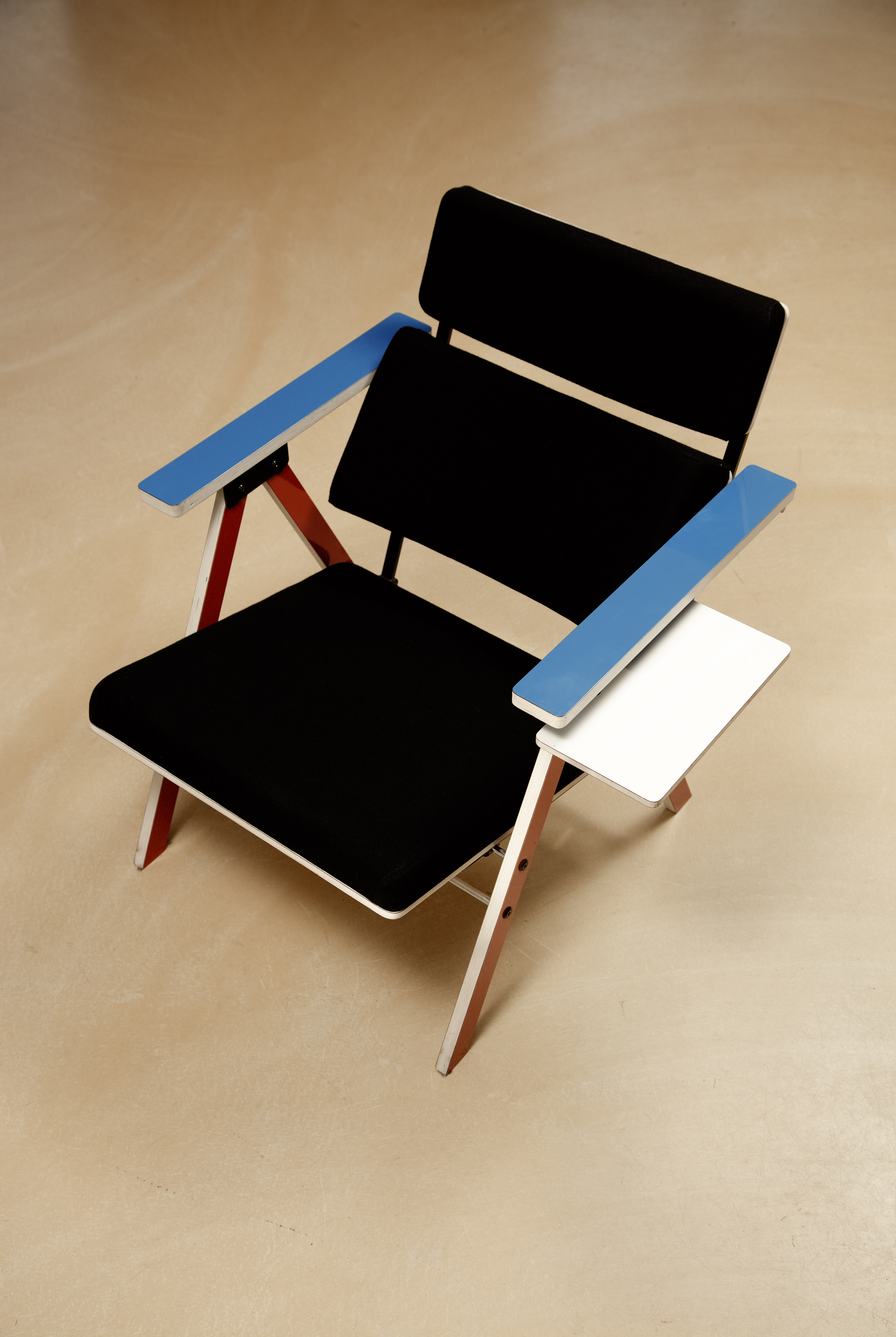
‘Color Composition’ chair, 1993
INFORMATION
As originally featured in the April 2020 issue of Wallpaper* (W*253)
Emma O'Kelly is a freelance journalist and author based in London. Her books include Sauna: The Power of Deep Heat and she is currently working on a UK guide to wild saunas, due to be published in 2025.
- Felicia Honkasalo - PhotographyPhotography
-
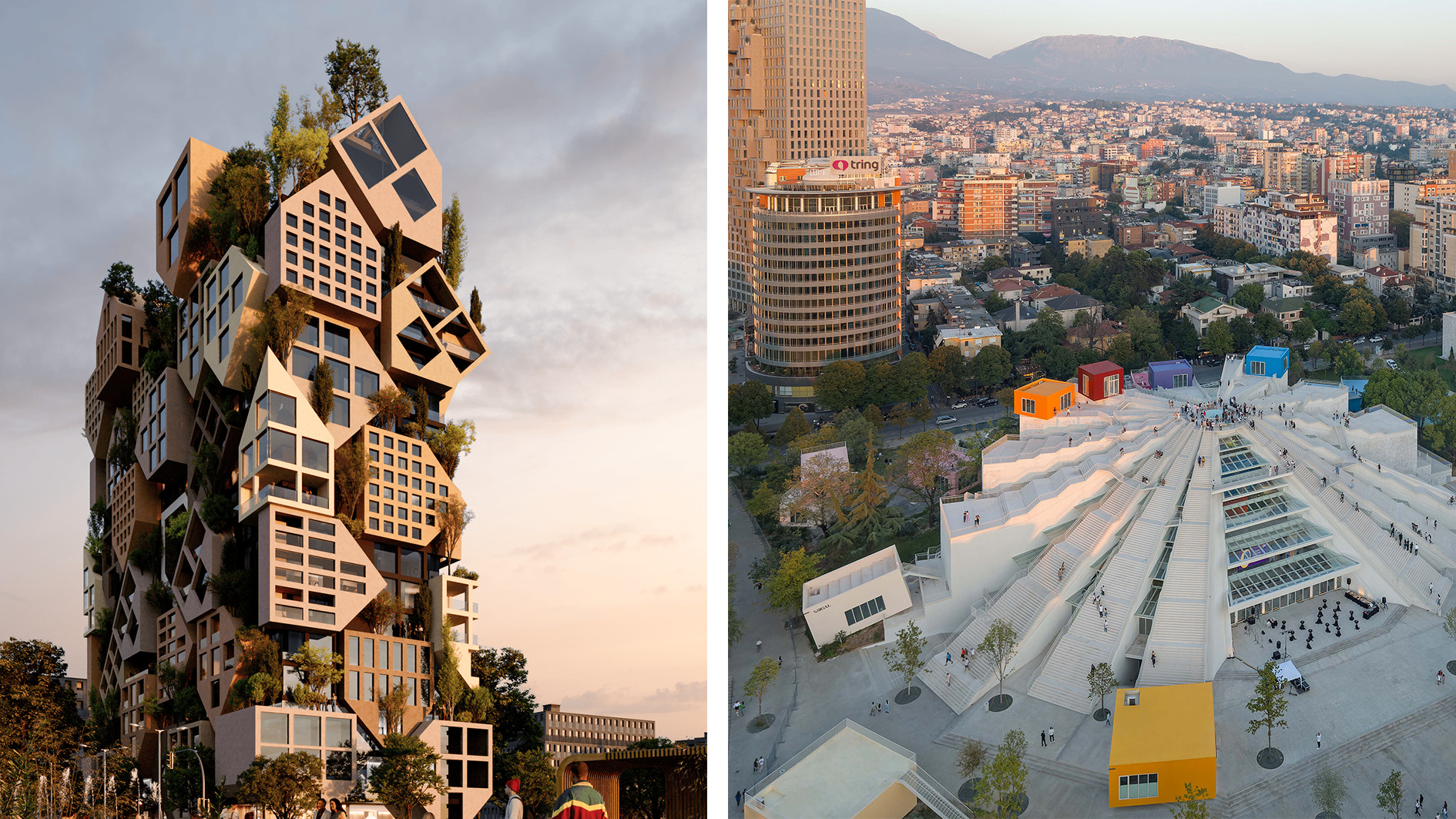 Isolation to innovation: Inside Albania’s (figurative and literal) rise
Isolation to innovation: Inside Albania’s (figurative and literal) riseAlbania has undergone a remarkable transformation from global pariah to European darling, with tourists pouring in to enjoy its cheap sun. The country’s glow-up also includes a new look, as a who’s who of international architects mould it into a future-facing, ‘verticalising’ nation
By Anna Solomon
-
 The Lighthouse draws on Bauhaus principles to create a new-era workspace campus
The Lighthouse draws on Bauhaus principles to create a new-era workspace campusThe Lighthouse, a Los Angeles office space by Warkentin Associates, brings together Bauhaus, brutalism and contemporary workspace design trends
By Ellie Stathaki
-
 Extreme Cashmere reimagines retail with its new Amsterdam store: ‘You want to take your shoes off and stay’
Extreme Cashmere reimagines retail with its new Amsterdam store: ‘You want to take your shoes off and stay’Wallpaper* takes a tour of Extreme Cashmere’s new Amsterdam store, a space which reflects the label’s famed hospitality and unconventional approach to knitwear
By Jack Moss
-
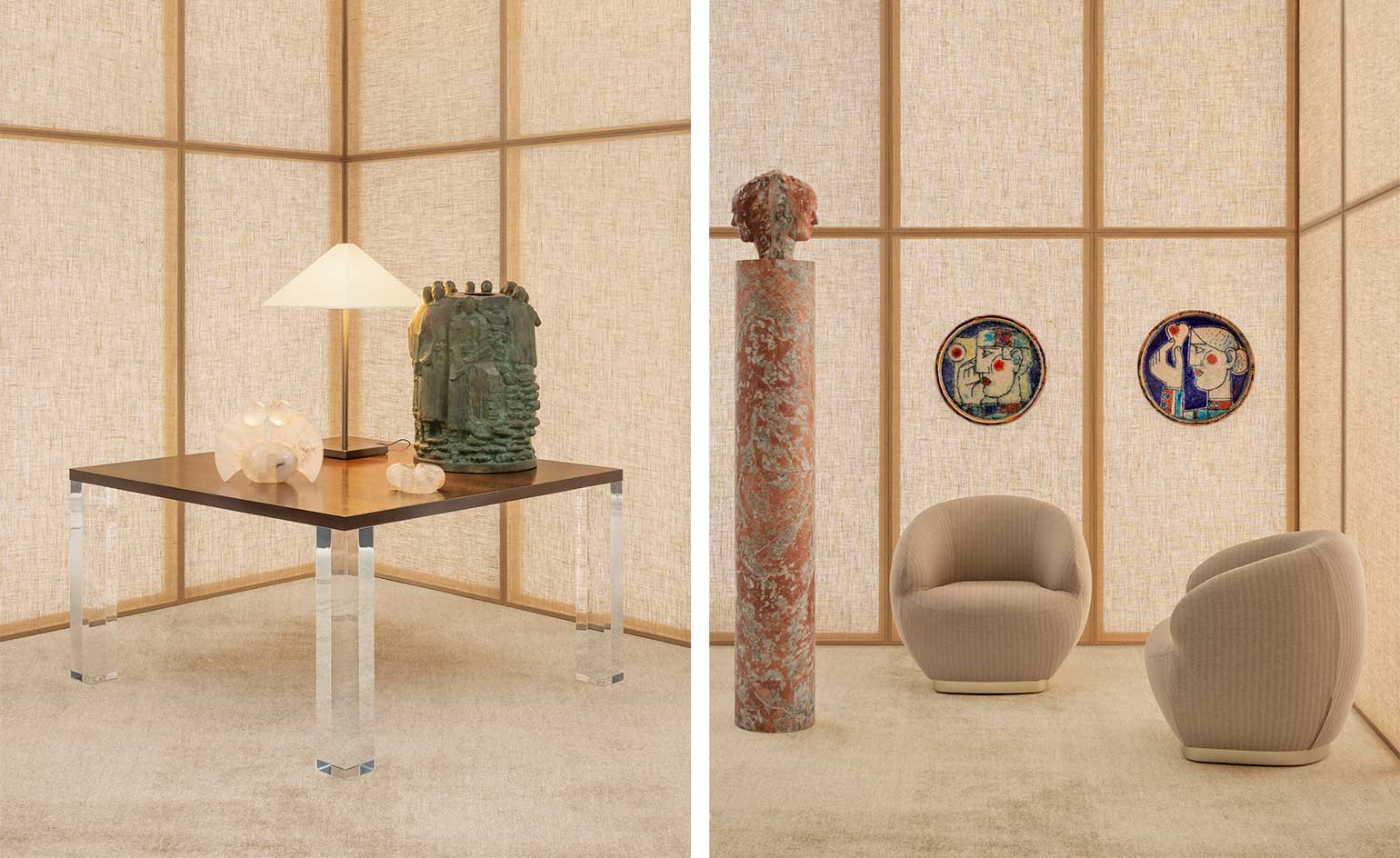 Art, artefacts and Armani Casa: step into our Made in Italy showcase
Art, artefacts and Armani Casa: step into our Made in Italy showcaseIn this photographic series, we combine Armani Casa’s timeless furniture collections with Italian art and rare artefacts to tell the story of Made in Italy craftsmanship
By Nick Vinson
-
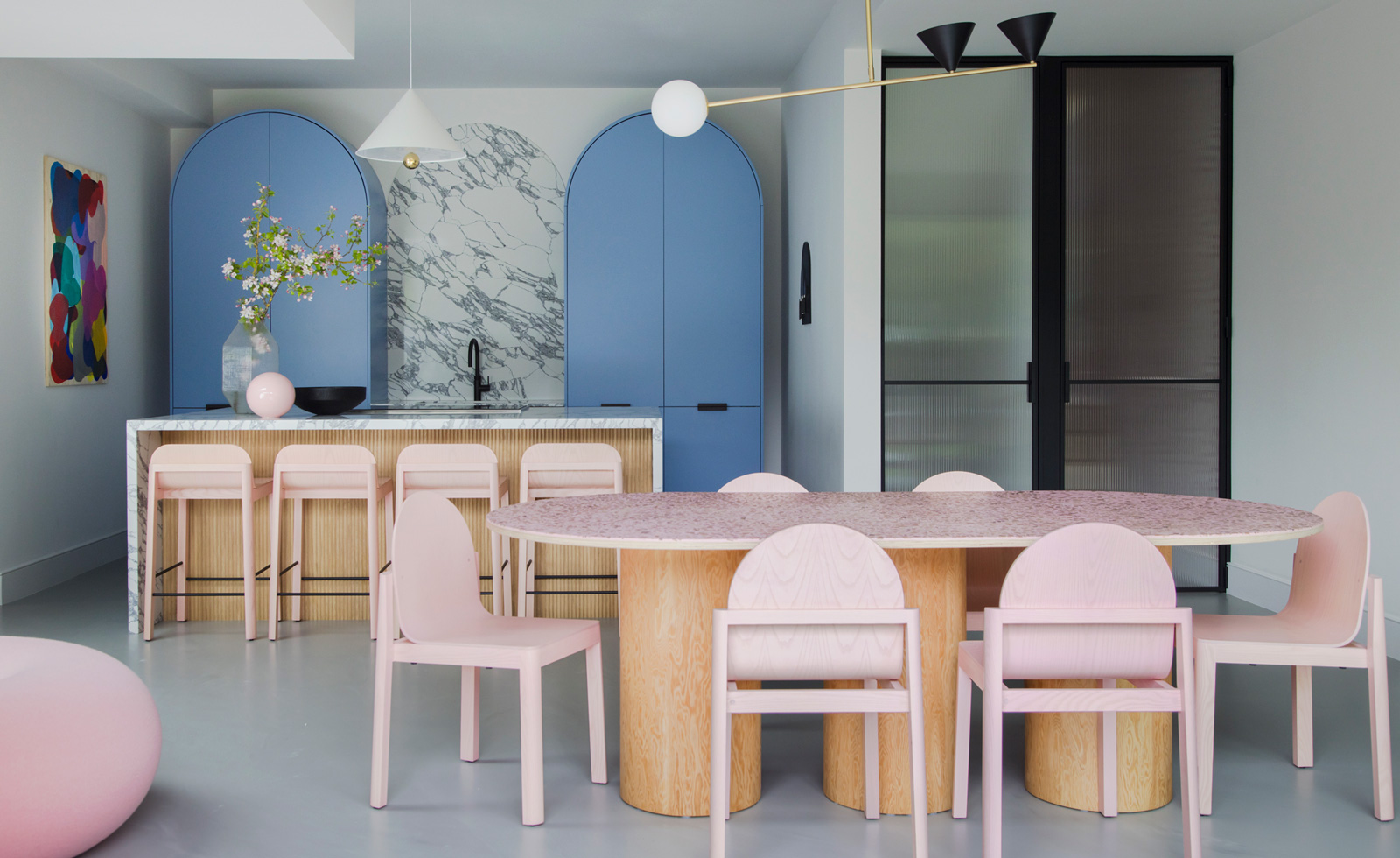 Playful design codes rule in this London Victorian family home
Playful design codes rule in this London Victorian family home2LG Studio embraces colour and comfort in an extensive renovation of a Victorian family home
By Hannah Silver
-
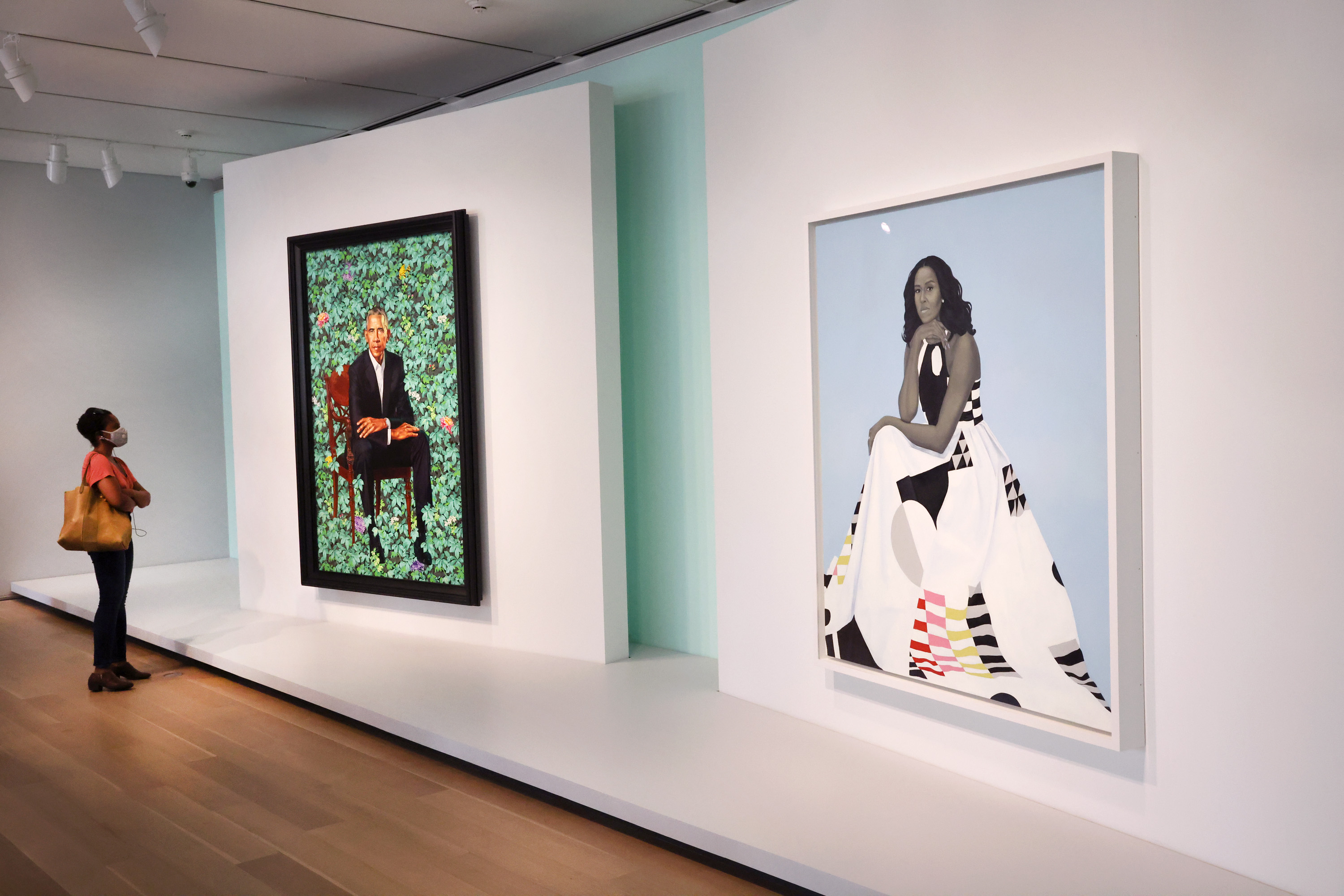 Design at the White House: the creatives working with US Presidents past and present
Design at the White House: the creatives working with US Presidents past and presentInterior designers, fashion designers and artists, whose collaborators have included the White House and its residents, with commissions that range from interior refits to presidential portraits
By Pei-Ru Keh
-
 Essx store opens in New York’s Lower East Side
Essx store opens in New York’s Lower East SideEssx is a new concept and community store by local architecture firm Leong Leong and designer Yossi Shetrit
By Pei-Ru Keh
-
 Eastside Bowl scores big with a maximalist postmodern aesthetic
Eastside Bowl scores big with a maximalist postmodern aestheticDesigned by Cowboy Creative, Eastside Bowl in Nashville, Tennessee, combines American nostalgia and southern charm
By Pei-Ru Keh
-
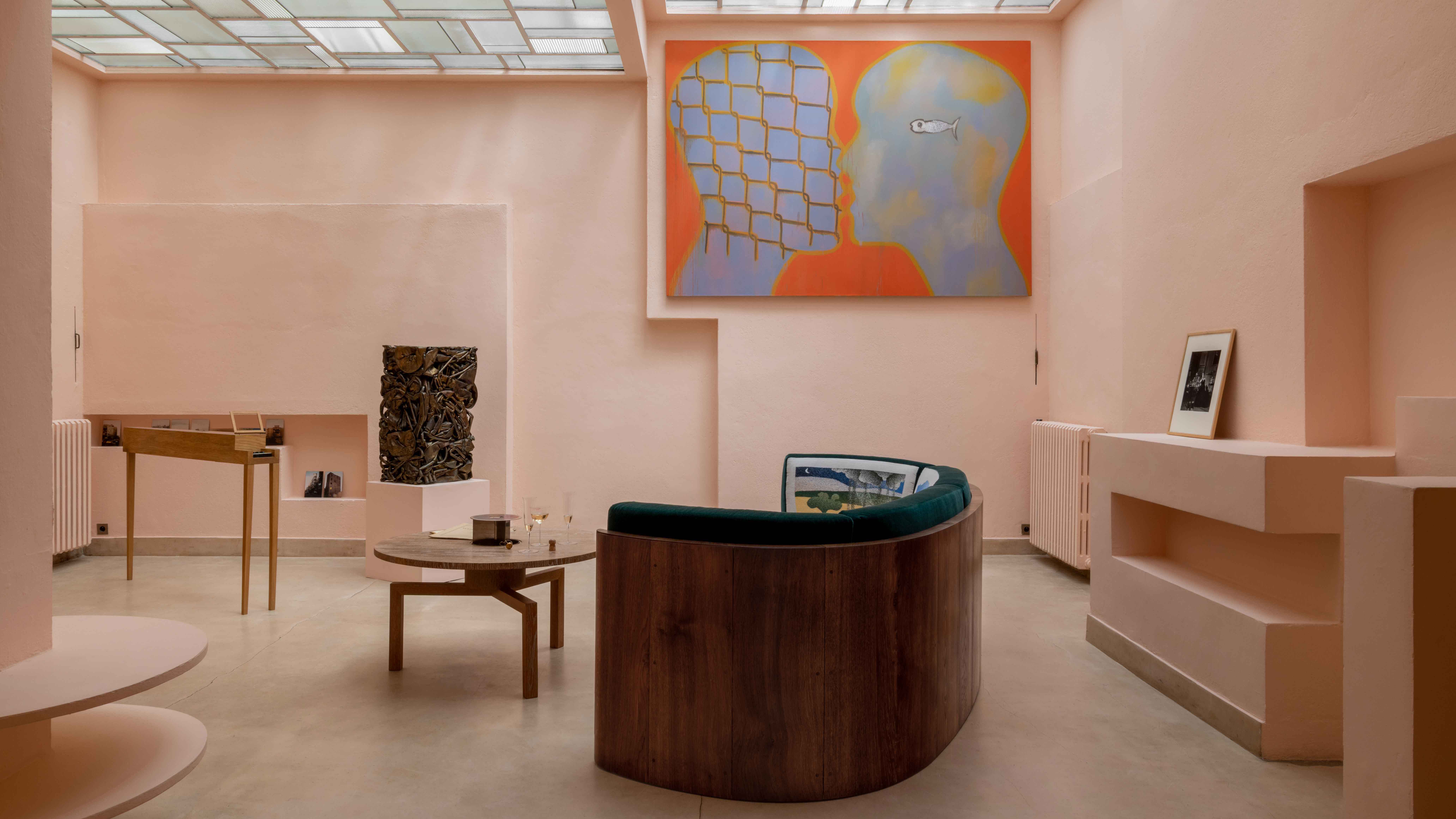 The Design Parade kicks off a creative Summer in the French Mediterranean
The Design Parade kicks off a creative Summer in the French MediterraneanDesign Parade 2023, set between Hyères and Toulon until the fall, features a showcase of design by emerging and established talent
By Jean Grogan
-
 This Los Angeles bolthole by Masastudio and Kelly Wearstler is a carefully considered gem
This Los Angeles bolthole by Masastudio and Kelly Wearstler is a carefully considered gemLaid out like a village, the first collaboration between LA-based Masastudio and Kelly Wearstler is a sculptural family home inspired by Mediterranean architecture
By Pei-Ru Keh
-
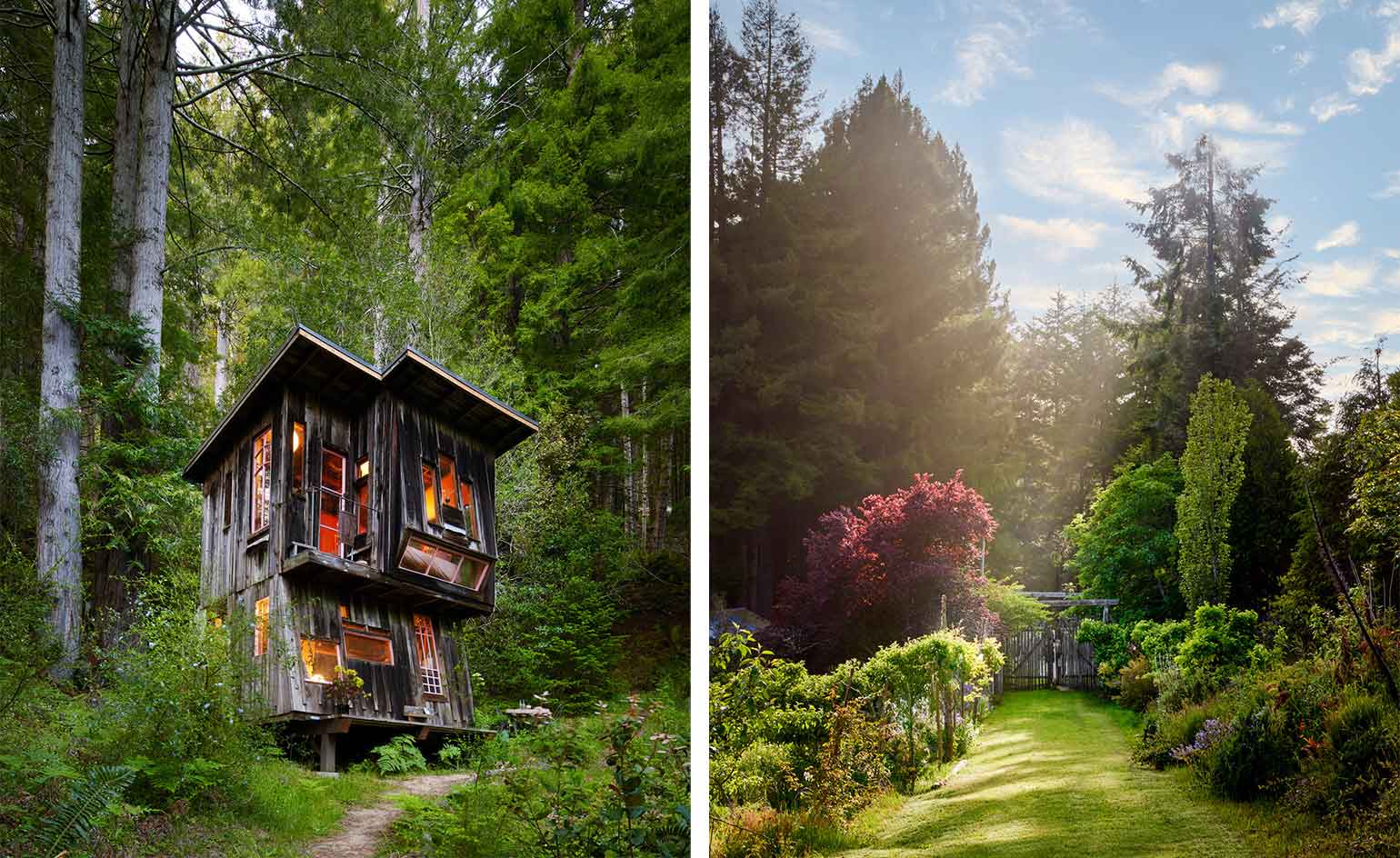 Building Salmon Creek Farm: inside California’s ultimate creative retreat
Building Salmon Creek Farm: inside California’s ultimate creative retreatSalmon Creek Farm's founder, the architecture-trained artist Fritz Haeg, opens the doors to his cultural commune and tells us its story
By Fritz Haeg